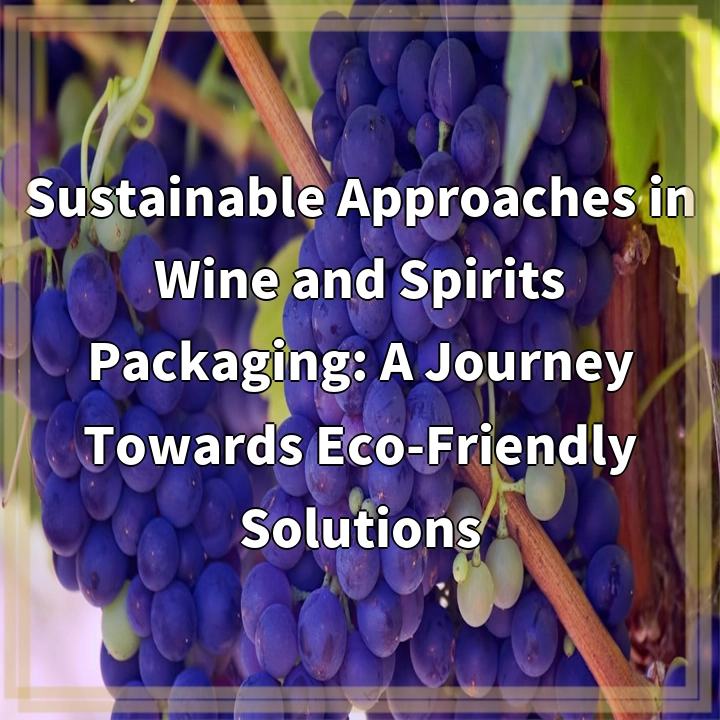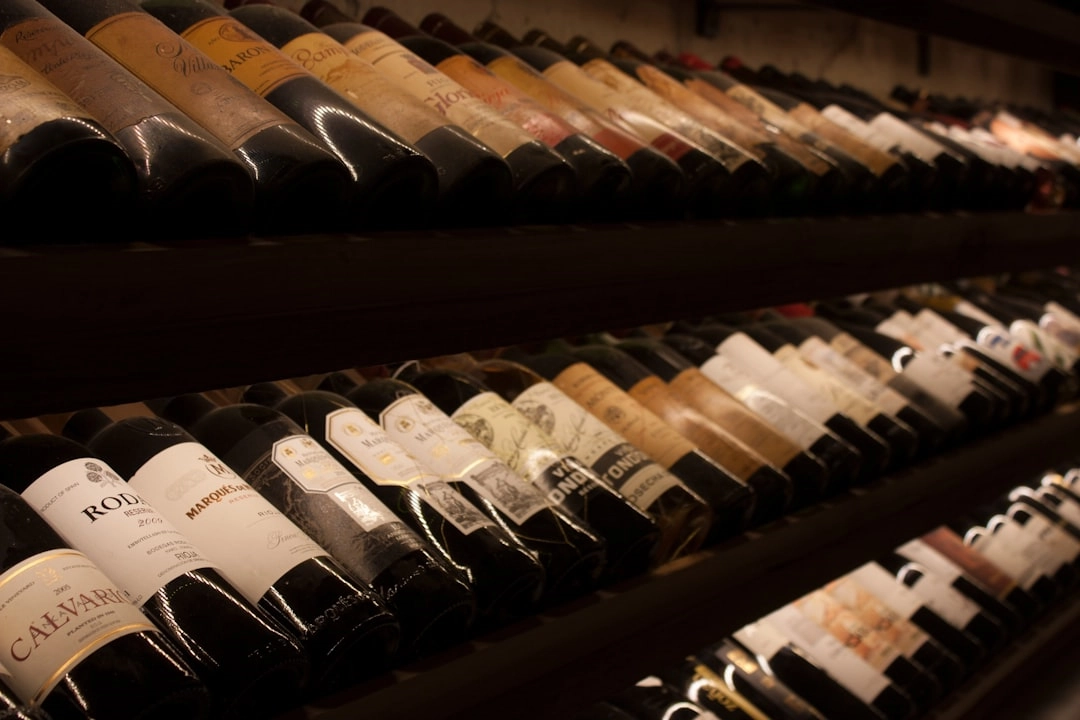
What it is:
When it comes to wine and spirits packaging, sustainability has become a major concern for both businesses and consumers alike. The focus has shifted from traditional packaging methods to more eco-friendly solutions that minimize environmental impact and promote a circular economy.
Real-World Problems:
1. Plastic Waste:
In the wine and spirits industry, plastic packaging has been a common choice due to its cost-effectiveness and durability. However, the excessive use of plastic has led to a significant environmental problem – plastic waste. Plastic bottles and other packaging materials take hundreds of years to decompose and contribute to the growing problem of plastic pollution in our oceans and landfills.
2. Carbon Footprint:
Another real-world problem associated with wine and spirits packaging is the carbon footprint left by production, transportation, and disposal processes. The conventional packaging methods involve the use of fossil fuel-based materials and energy-intensive manufacturing processes, which contribute to greenhouse gas emissions and climate change.
3. Limited Recycling Options:
The complex structure of wine and spirits packaging often incorporates various materials like glass, plastic, metal, and paper. Unfortunately, not all components can be easily separated and recycled, which poses a challenge in finding suitable recycling options. This leads to a significant amount of packaging waste ending up in landfills instead of being reused or repurposed.
4. Biodiversity Impact:
The growing demand for wine and spirits drives the expansion of vineyards and distilleries, often encroaching on natural habitats and disrupting ecosystems. This expansion can lead to deforestation, habitat loss, and the use of harmful pesticides and fertilizers, impacting biodiversity and threatening the delicate balance of ecosystems.
5. Consumer Awareness and Perception:
Consumer awareness and perception play a significant role in driving sustainable practices in wine and spirits packaging. Many environmentally conscious consumers now expect businesses to take responsibility for their environmental impact and actively seek out brands with eco-friendly packaging options. Meeting these demands can be challenging for companies that have not yet implemented sustainable practices.

Solutions to Sustainable Approaches in Wine and Spirits Packaging:
1. Reducing Plastic Waste:
A key solution is to minimize the use of single-use plastic in wine and spirits packaging. Instead, businesses can explore alternative materials like biodegradable or compostable options, such as plant-based plastics or fiber-based materials.
2. Embracing Circular Economy:
Adopting a circular economy approach involves designing packaging that is easily recyclable or reusable. This can include using materials that are widely accepted in recycling facilities or implementing refillable packaging systems for wine and spirits to reduce the overall waste generated.
3. Improving Life Cycle Assessments:
Businesses can conduct comprehensive life cycle assessments of their packaging to identify areas of improvement and evaluate the environmental impact at each stage. This assessment will help in identifying opportunities to reduce emissions, water usage, and energy consumption.
4. Supporting Sustainable Vineyard Practices:
Promoting sustainable vineyard practices, such as organic or biodynamic farming techniques, can minimize the negative impact on biodiversity and reduce the need for harmful pesticides and fertilizers. Investing in regenerative agriculture methods can contribute to healthier ecosystems and reduce the carbon footprint of the industry.
5. Educating and Engaging Consumers:
Increasing consumer awareness about the importance of sustainable packaging and providing transparency about packaging choices can empower consumers to make more informed decisions. Businesses can also actively engage with consumers through various channels, educating them about sustainable practices and providing opportunities for feedback and suggestions.















